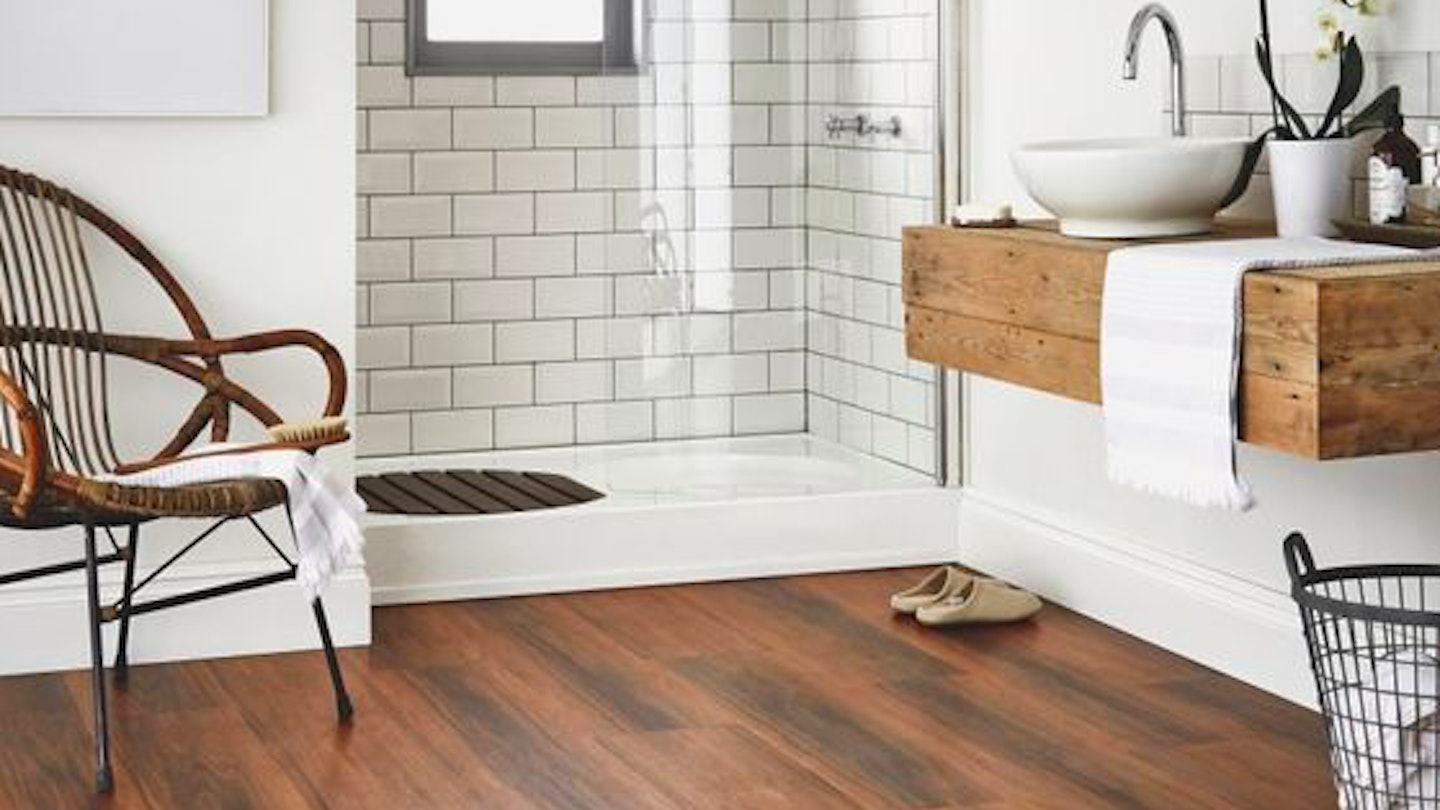When it comes to adding warmth and character to your home, you can’t beat wooden flooring – whether your aesthetic tends towards the contemporary or the traditional.
However, a wood floor is also a MAJOR investment, in terms of both time and cash, so you want to get it right first time. Here’s everything you need to know before you get started...
Hardwood or engineered?
This should be the first question on your checklist. Hardwood or ‘real’ wood flooring is made from wood that’s been cut straight from the tree trunk then shaped into a plank by a machine; engineered wood, meanwhile, is made from different layers of wood that have been bonded together. The top layer is known as the ‘wear’ layer.
‘Whilst real wood flooring may take longer to install (although some now have a click system), it will give years of life to any home,’ explains Josh Ashby of UK Flooring Direct. ‘It can be sanded down numerous times, meaning it is often a fantastic investment. However, it cannot be used with underfloor heating.’ Engineered wood has, however, ‘become the wood floor of choice for many,’ he adds. ‘Made up of a series of layers with the top layer of real wood, such as oak, they look and feel like solid wood, but have numerous advantages. They are easier to install, especially if they have a click system, and are much more stable, so can used with underfloor heating. Also, as they use less of the precious slow growing wood, so can be more affordable.
Choosing the right colour

‘To make sure you are getting the right colour, order a few samples from the supplier and place it on the floor of the space,’ advises Sonia Pash, founder of TEMZA. ‘The colour will look different in different locations and with different type of lights. We also recommend to order a bigger sample before you make a final decision. You need to keep in mind that an engineered wood floor usually comes with a colour variation. Discuss it with your fitter to make sure it is taken in consideration when the floor is installed.’
Also bear in mind how much natural light your room has. If it’s lacking, you should ‘go for a paler plank style, as this will help brighten the room,’ suggests Josh. ‘Dark floors are a real statement, but they do ideally need to be in rooms that have more light.’
NOW READ: Shelf Styling Tips To Borrow From Pinterest
Interiors porn Book shelves Pinterest - Grazia
 1 of 11
1 of 11book shelves
A colour-coordinated book shelf will always be aesthetically pleasing...
 2 of 11
2 of 11book shelves
... but a monochromatic book shelf is next level (try it against a bold colour backdrop, too).
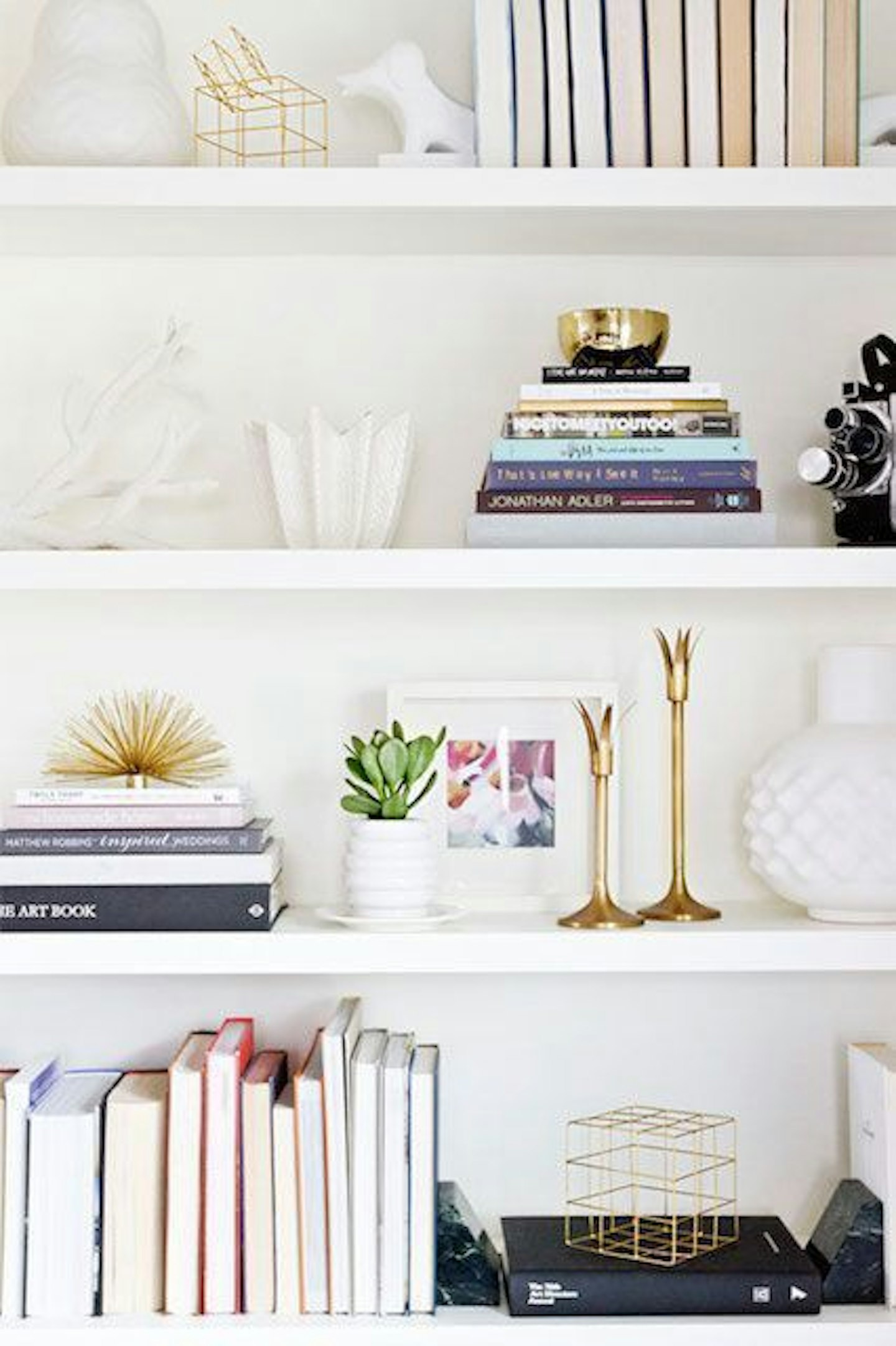 3 of 11
3 of 11book shelves
Mix up your book storage by alternating spines in with spines out.
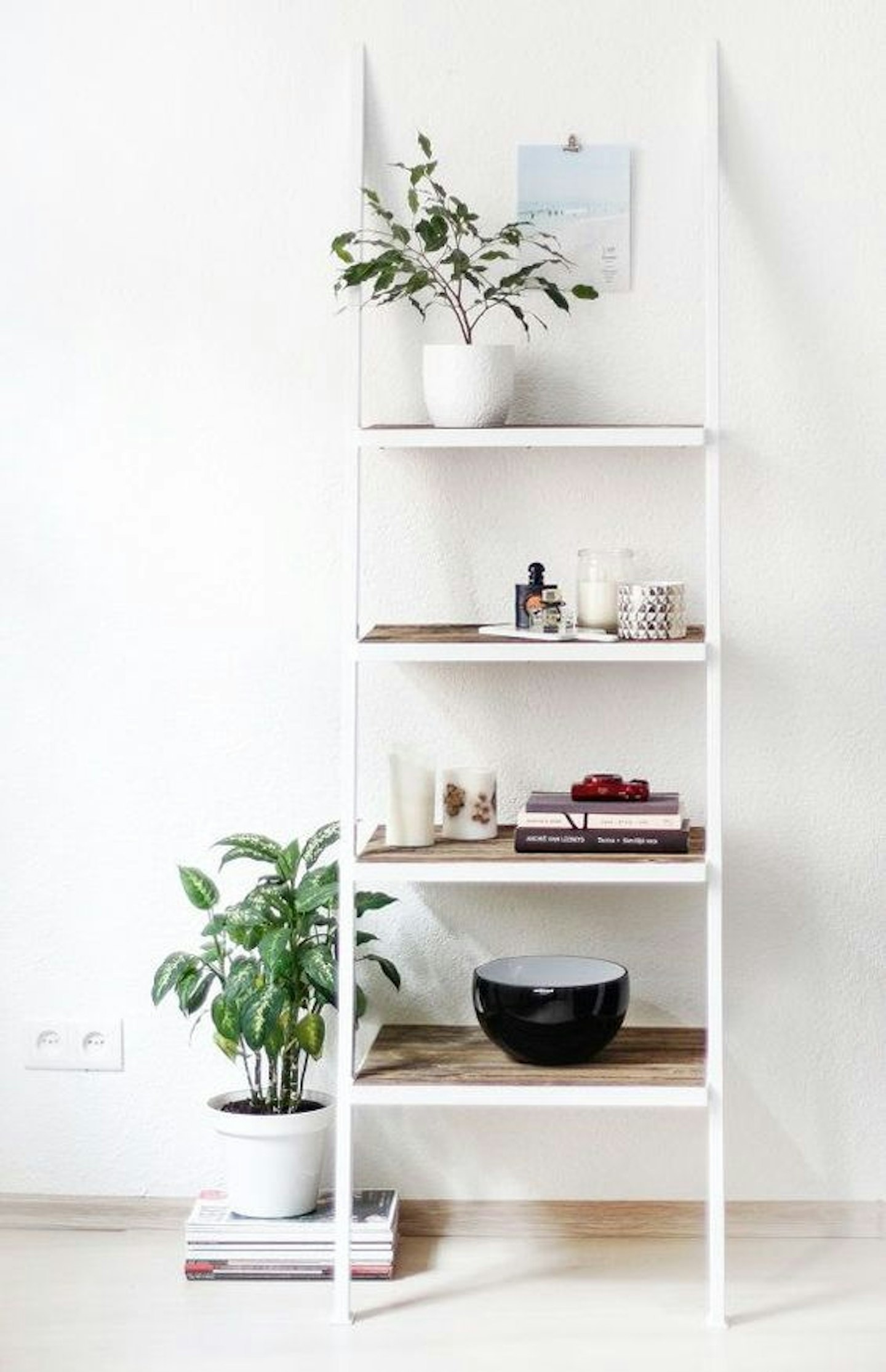 4 of 11
4 of 11book shelves
Consider giving a basic wooden shelf a DIY white gloss for a clean, more minimalist finish (it'll help the shelves feel less cluttered, too).
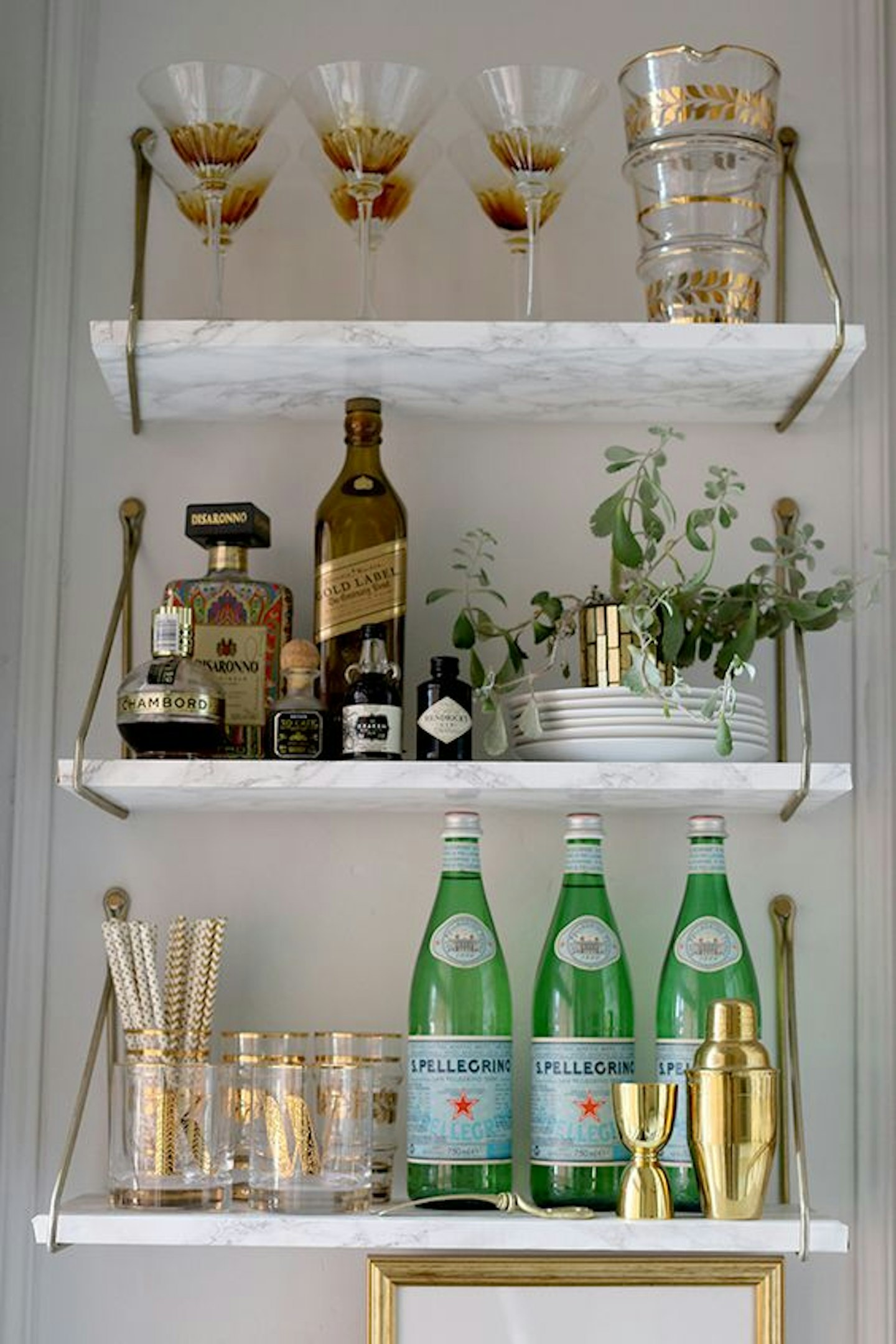 5 of 11
5 of 11book shelves
Marble shelving with gold brackets: that's two interiors trends in one.
 6 of 11
6 of 11book shelves
Play around with shapes: this hexagonal wall mount is a talking point that doubles up as storage.
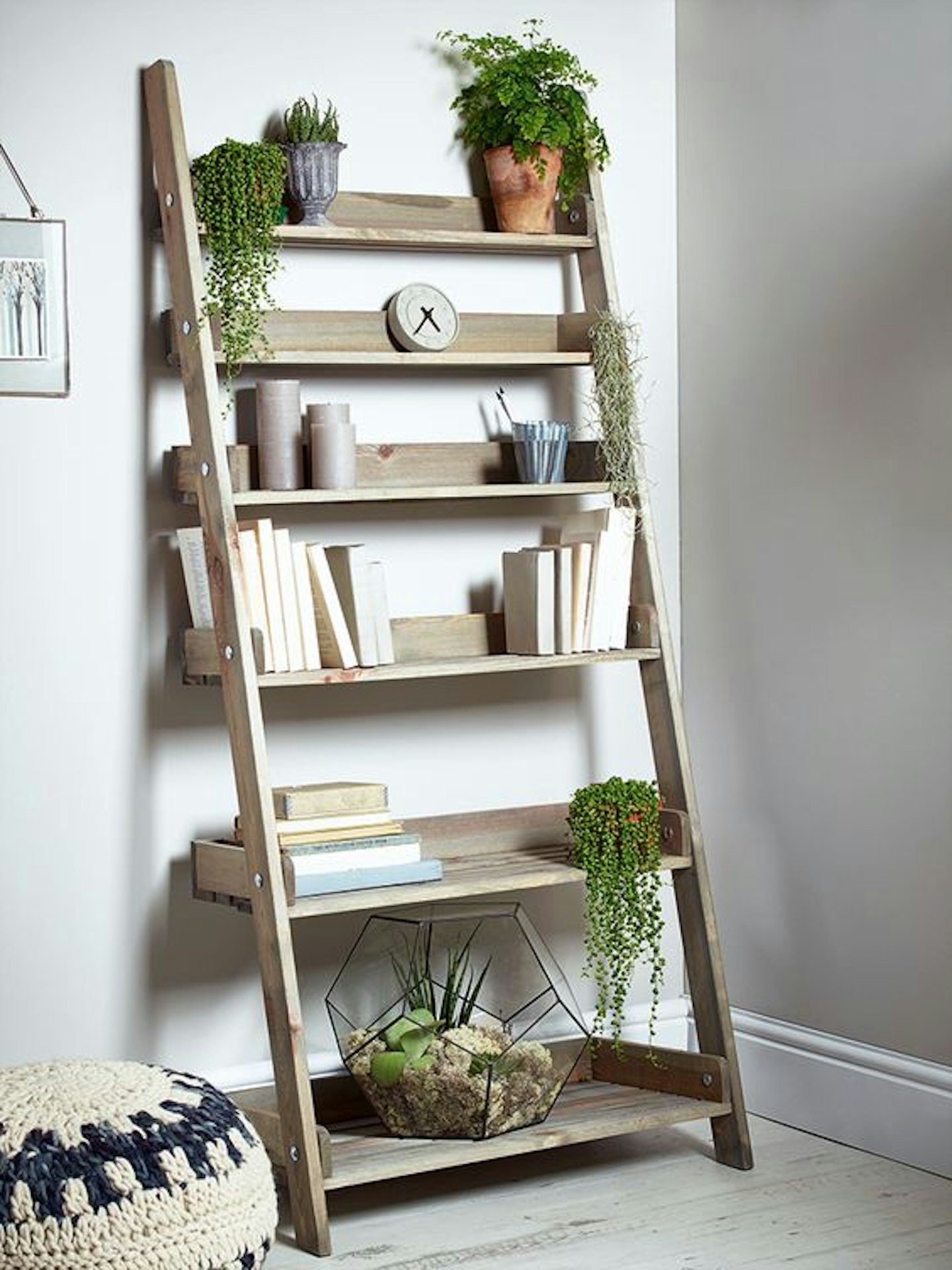 7 of 11
7 of 11book shelves
A ladder shelf is a staple of all our favourite Pinterest interiors boards: choose a free-standing style and you'll have more flexibility about where to place it, too.
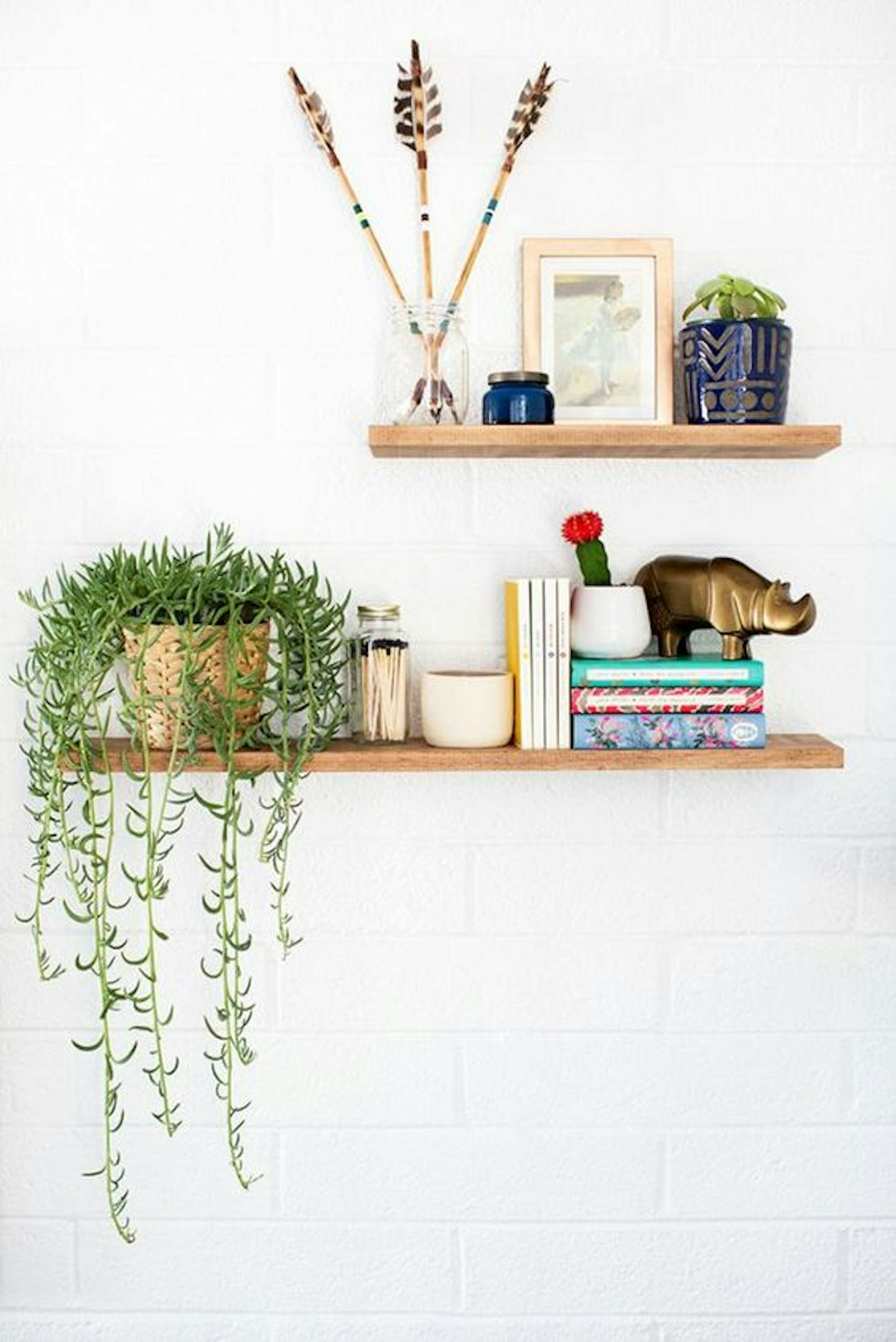 8 of 11
8 of 11shelves
Shelving doesn't have to be uniform: mix up proportions with different lengths and a trailing houseplant.
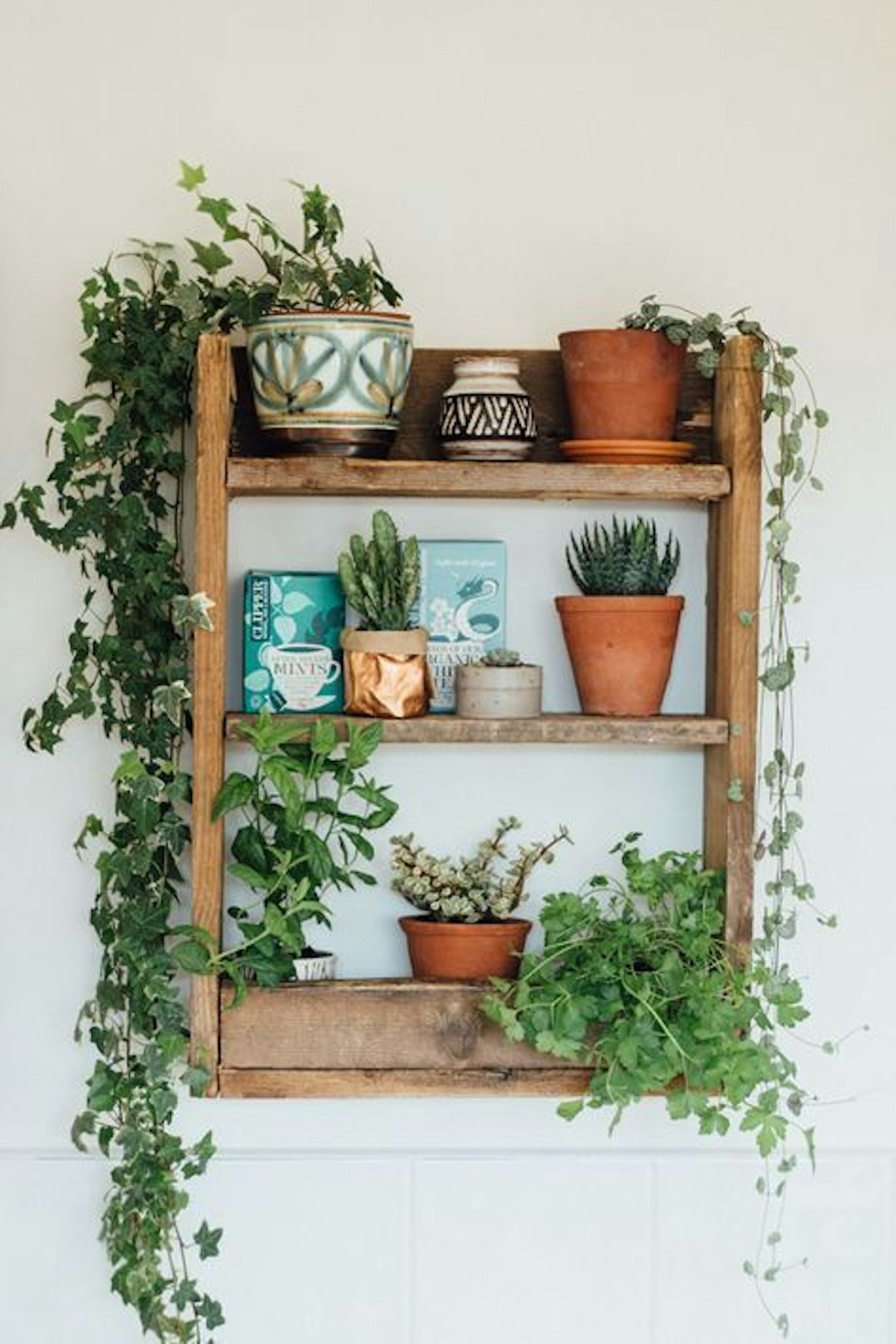 9 of 11
9 of 11kitchen shelves
A more rustic wood finish looks great with an eclectic mix of textures.
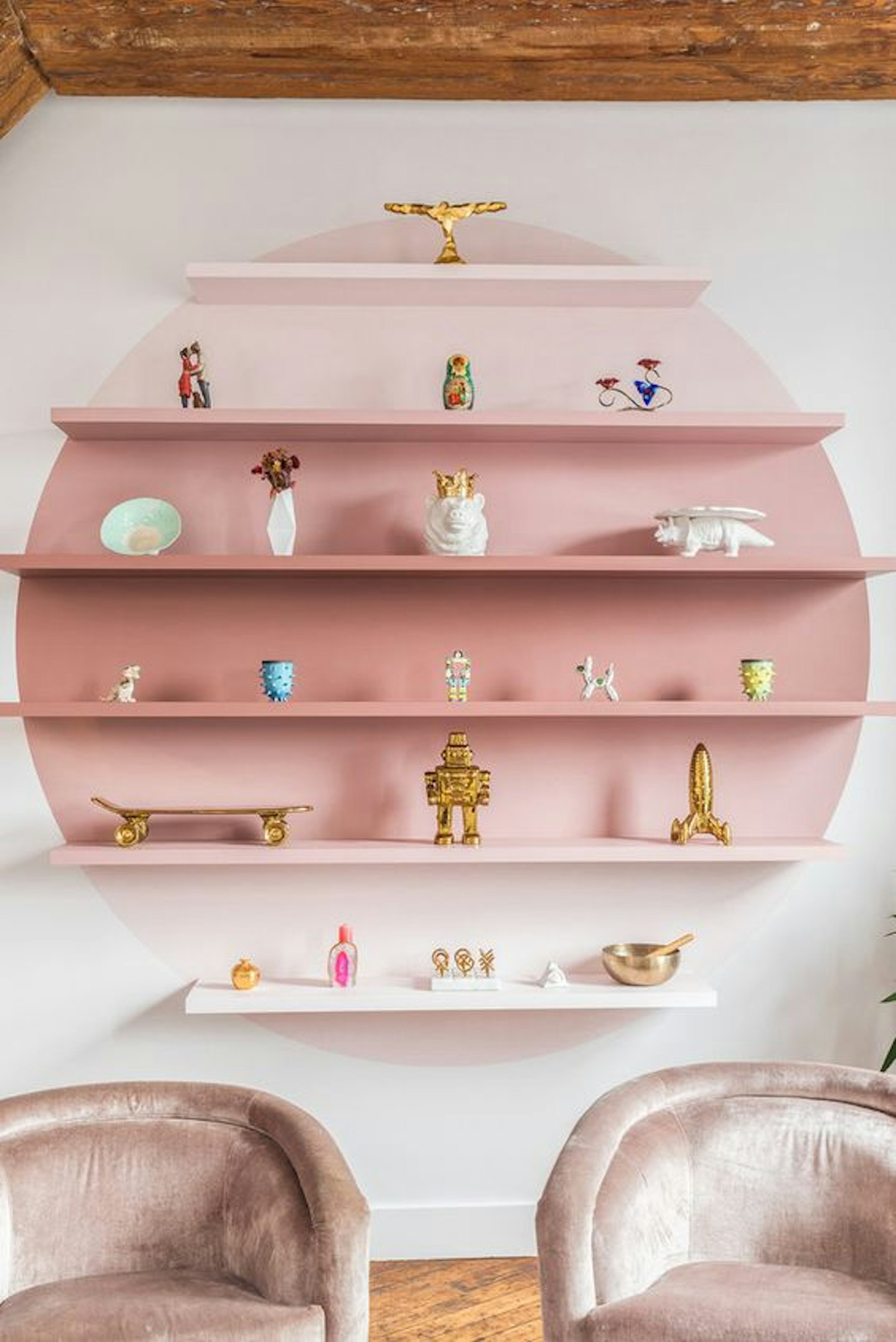 10 of 11
10 of 11shelves
This colour gradient backdrop is an eye-catching way to upgrade shelving (though it certainly works best with a few curated pieces on show, rather than general clutter...)
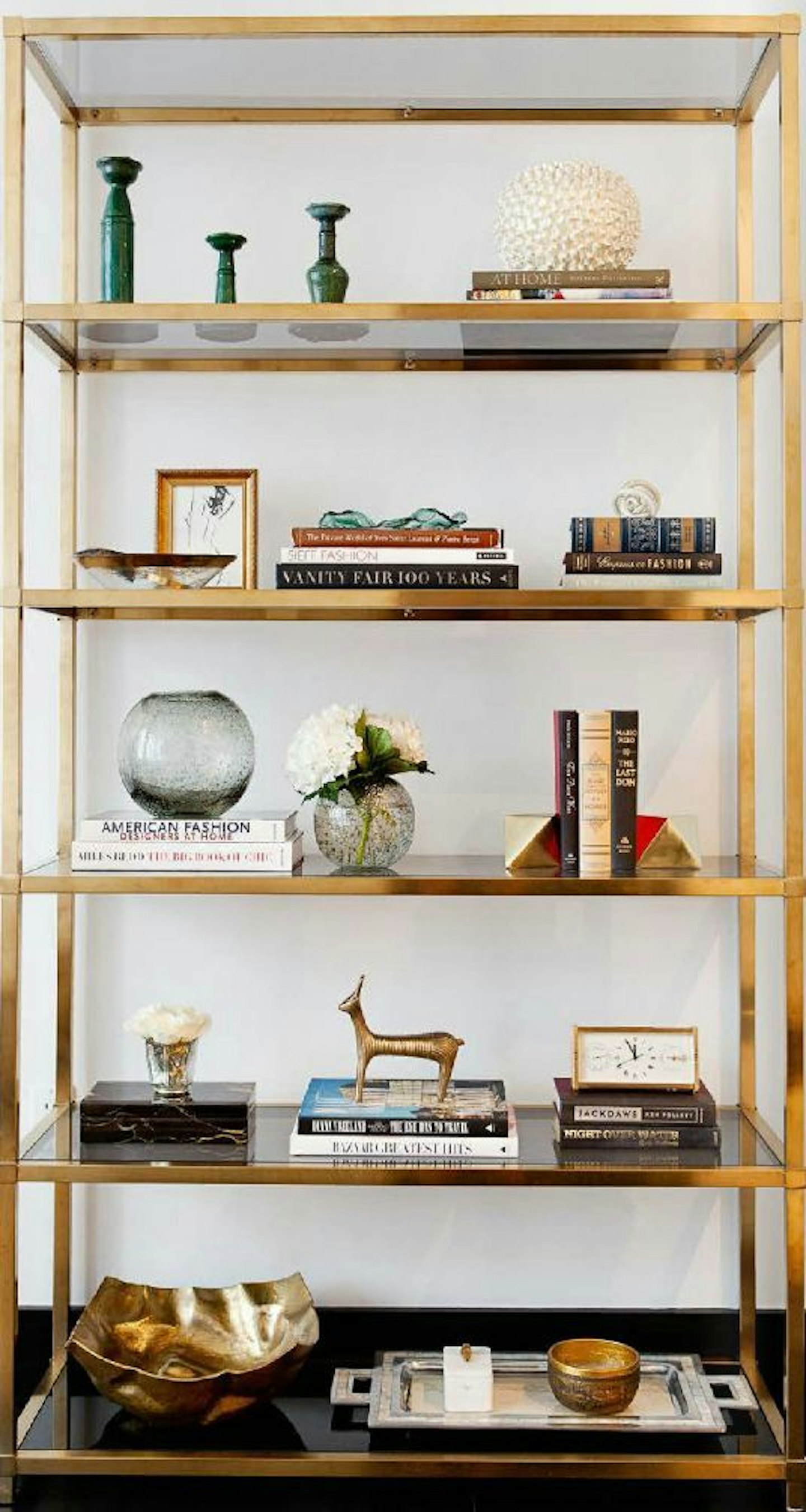 11 of 11
11 of 11shelves
Style a brass etagere with a few decorative pieces in similar metallic shades.
Plank size and thickness
Prepare for things to get a little bit technical. ‘A wear layer can vary from 2.5 mm to 6mm in thickness, when the total thickness of the plank usually is between 16 and 21 mm,’ says Sonia. ‘The thicker the floor board the more times it can be sanded down and refinished. Paying slightly more for a thicker board will be a good investment in a long run.’ Meanwhile, a good rule of thumb is that ‘the wider the plank, the more expensive it gets,’ she continues. ‘160mm width planks are the standard size and look good in any interior. Going for seriously wide boards of 240 or 260mm can be quite pricey but it will give an interior that wow affect. However, one needs to keep in mind that it probably won’t work for smaller spaces.’
Josh agrees. ‘In small rooms, a narrow and shorter plank will help make a room look bigger, but if you were to put these in a larger room, it would look too busy. Therefore, in large rooms, go for bigger planks, and if you have beveled edges to accentuate, then this will provide a real feature statement to any floor.
Species of wood

‘The most common types will be oak and walnut, more interesting types are Maple and Cherry, and even exotic kinds of wood such as mahogany and acacia,’ says Sonia. ‘Every wood has a different scale of hardness. Soft species will wear more easily, when very hard species might be difficult to work with. Oak and maple are hard enough to be used even for active homes.’ But how to decide between them, other than going purely on aesthetics? ‘Think about quality and durability first,’ she suggests. ‘With a limited budget, it is better to go for smaller but thicker and quality oak planks, than for exotic species of a poor quality.’ Noted.
WATCH NOW: Brie Larson on life as Captain Marvel
Choosing a finish
A wooden floor can be oiled, lacquered or unfinished. So, what’s the difference? ‘Oiled tends to give a lovely authentic matt finish, but could be prone to staining. However, they are easy to treat through sanding and re-oiling,’ advises Josh. ‘Lacquered tends to have a slight sheen to it, which can add light to a room, and it is easier to maintain on a day to day level as spills can be treated with ease.’
Caring for your wood flooring.
‘Wood floor might be sensitive to changes in temperature and humidity, however good quality planks shouldn’t expand or contract unless they’re fitted wrong or there is an extreme environmental change,’ explains Sonia. ‘Keep an eye on your floor for the appearance of gaps, especially during the heating season, making sure the environment is not too dry. If there are any gaps, consider buying a humidifier. Another thing to remember is using quality specialise cleaning product with no chemicals.
